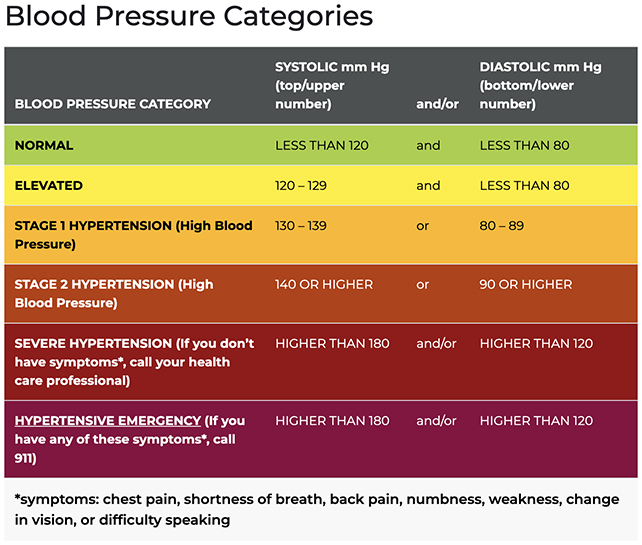Following a comprehensive review of the latest research on hypertension, blood pressure guidelines in the US have been updated to cut risks of heart disease and dementia later in life further than ever.
The updated guidelines replace a previous revision conducted in 2017, and are a joint effort from the American Heart Association (AHA), the American College of Cardiology (ACC), and other respected institutions in the US.
Most of the changes are modifications to existing recommendations for healthcare professionals, targeting individuals who already fall into risk categories, have relevant medical conditions, or are pregnant. Though in their entirety, the recommendations remain relevant to everybody, regardless of their current state of health.
Related: This Common Blood Pressure Drug Extends Lifespan, Slows Aging in Animals
One innovative tool introduced in the updated guidelines is the PREVENT (Predicting Risk of CVD Events) score; a cardiovascular risk calculator based on data from 3.2 million diverse individuals collected between 1992 and 2022. The score is expected to help assess risk for a broader range of potential problems.
Evidence continues to grow that high blood pressure puts individuals at an increased risk of cardiovascular and neurological diseases, not to mention potential problems with the kidneys, the eyes, and the body’s metabolism.
“High blood pressure is the most prevalent and modifiable risk factor for the development of cardiovascular diseases, including coronary artery disease, heart failure, atrial fibrillation, stroke, dementia, chronic kidney disease, and all-cause mortality,” explain the newly issued guidelines.
Blood pressure readings tell you the pressure of your blood against the walls of your arteries. They come in two parts: the larger number that comes first is systolic blood pressure (the pressure as the heart beats), and the smaller second number is diastolic blood pressure (the pressure between heart beats).

The thresholds for high blood pressure haven’t changed: normal blood pressure is under 120 mm Hg (millimeters of mercury) systolic, and under 80 mm Hg diastolic. Elevated blood pressure is 120-129 mm Hg systolic and below 80 mm Hg diastolic.
High blood pressure presents in two stages. Stage 1 is classed as 130-139 mm Hg systolic, or 80-89 mm Hg diastolic; anything above that in either figure is stage 2. When you get to above 180 mm Hg systolic or 120 mm Hg diastolic, you need to call your doctor right away, or the emergency services if you’ve got symptoms like chest pain or shortness of breath.
Once you hit high blood pressure, the guidelines say, a doctor may need to prescribe medication. In Europe, treatments usually don’t begin until the 140/90 mm Hg threshold is reached, unless other health factors are involved.
“The overarching blood pressure treatment goal is <130/80 mm Hg for all adults, with additional considerations for those who require institutional care, have a limited predicted lifespan, or are pregnant,” the guidelines state.
The lifestyle recommendations are unchanged, and apply to everyone: keep up the exercise, eat a healthy diet relatively low in sodium, drink alcohol in moderation (if at all), and manage your stress levels to reduce blood pressure. Even better, check in with friends and family too.
“Clinicians should collaborate with community leaders, health systems, and practices to implement screening of all adults in their communities and implement guideline-based recommendations regarding prevention and management of high blood pressure to improve rates of blood pressure control,” the guidelines state.
The new guidelines have been published in Hypertension and Circulation.
Source link

